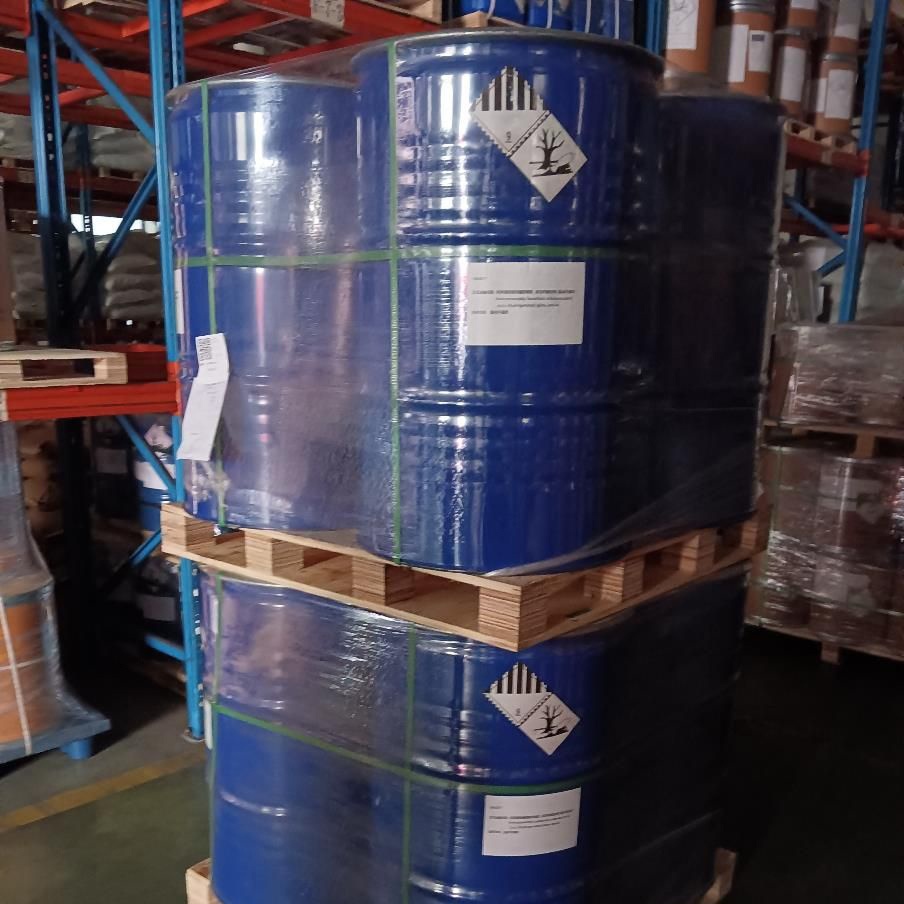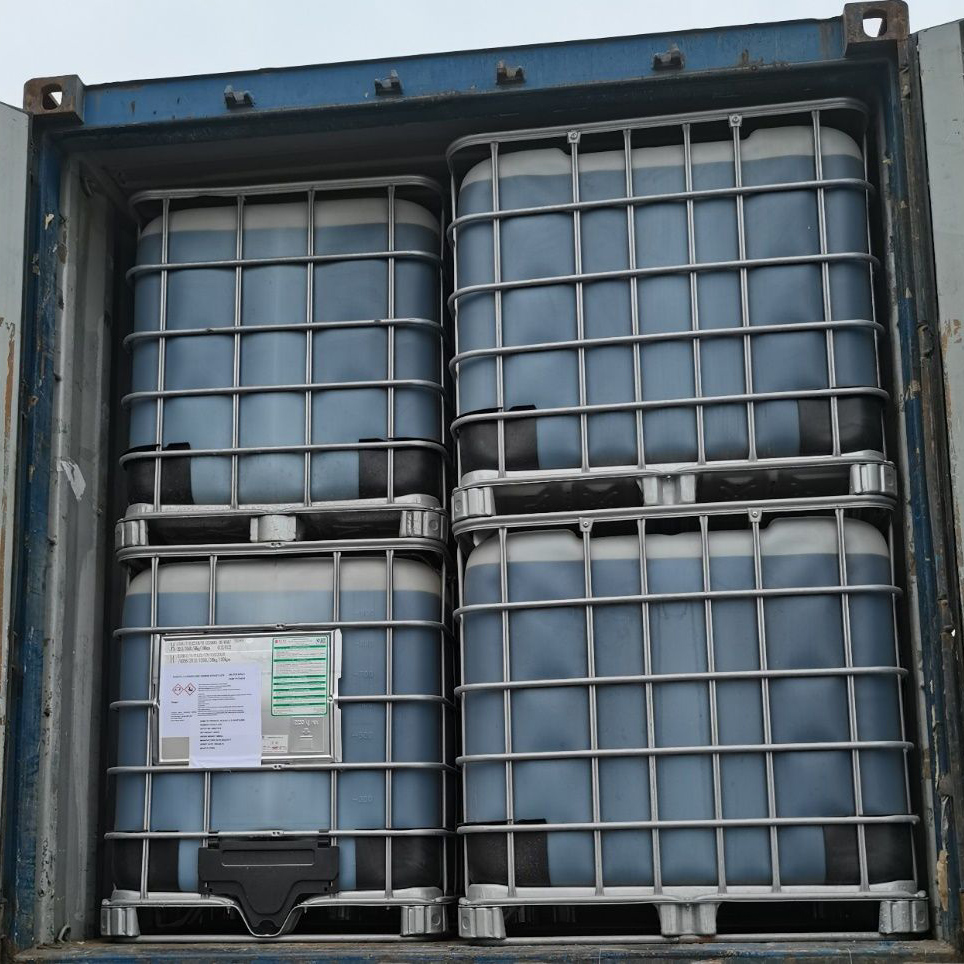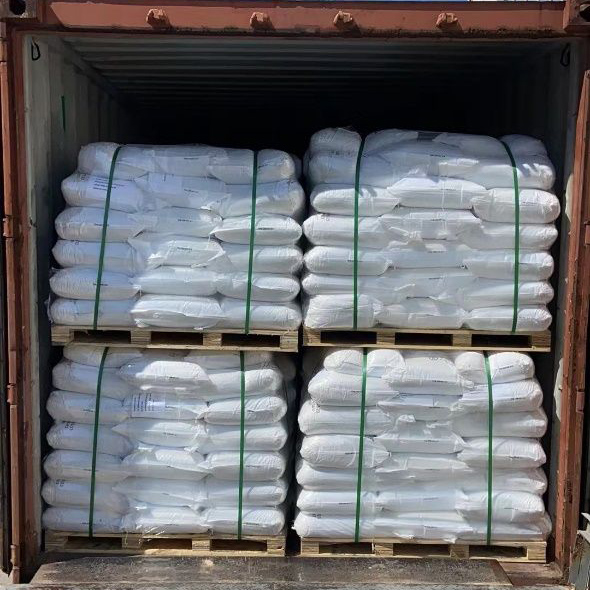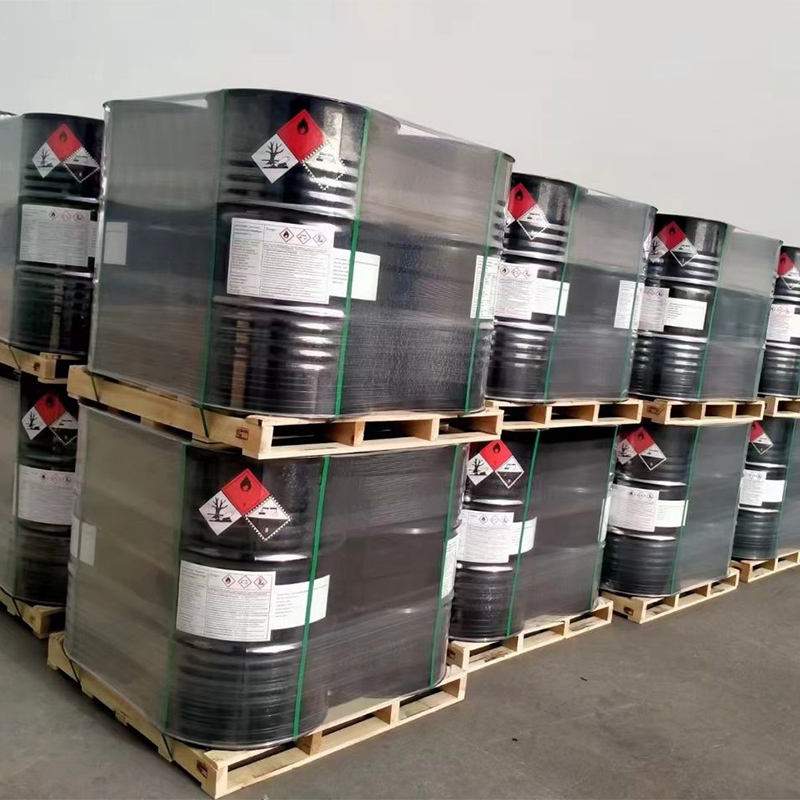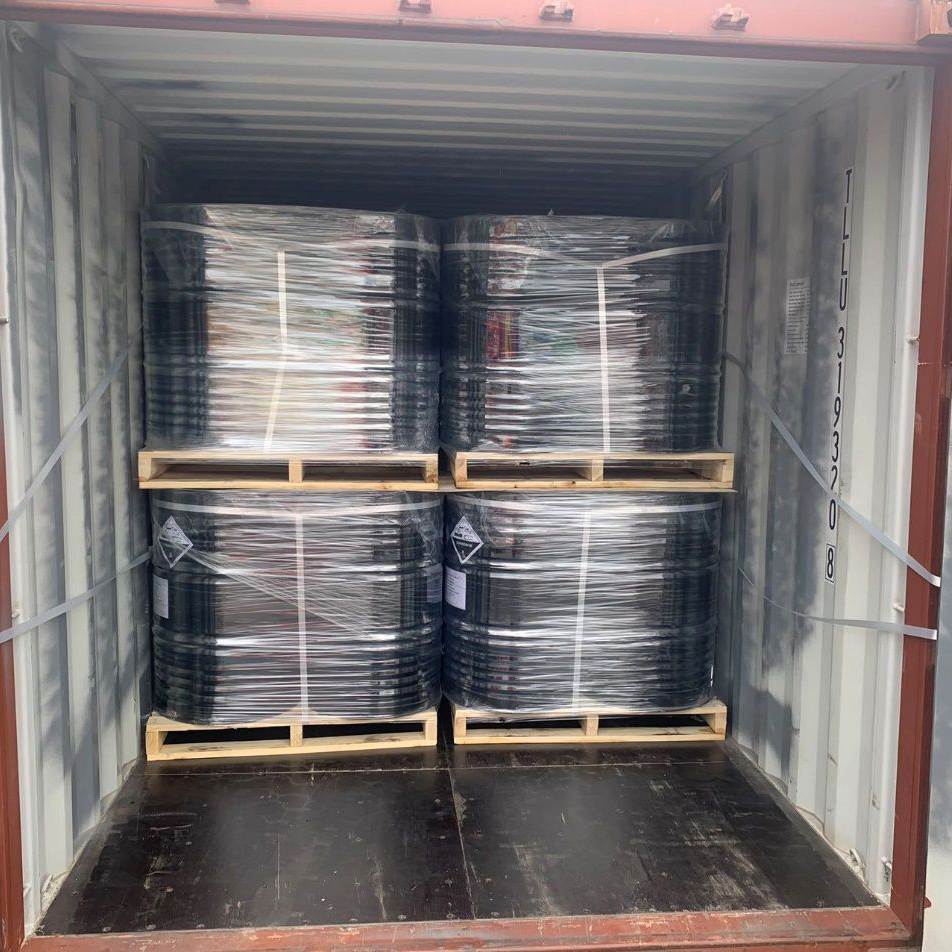
Products
QXME 103P; Asphalt Emulsifier, Hydrogenated Tallow Amine, Stearyl Amine
Emulsified asphalt paving produced with high-quality emulsifiers simplifies on-site construction. There is no need to heat the asphalt to a high temperature of 170~180°C before use. Mineral materials such as sand and gravel do not need to be dried and heated, which can save a lot of fuel and heat energy. . Because the asphalt emulsion has good workability, it can be evenly distributed on the surface of the aggregate and has good adhesion with it, so it can save the amount of asphalt, simplify the construction procedures, improve construction conditions, and reduce pollution to the surrounding environment. Due to these advantages, emulsified asphalt is not only suitable for paving roads, but also for slope protection of fill embankments, waterproofing of building roofs and caverns, surface anticorrosion of metal materials, agricultural soil improvement and plant health, overall track bed of railways, desert sand fixation, etc. It is widely used in many projects. Because emulsified asphalt can not only improve the construction technology of hot asphalt, but also expand the application scope of asphalt, emulsified asphalt has developed rapidly.
Asphalt emulsifier is a type of surfactant. Its chemical structure consists of lipophilic and hydrophilic groups. It can be adsorbed at the interface between asphalt particles and water, thereby significantly reducing the free energy of the interface between asphalt and water, making it a surfactant that forms a uniform and stable emulsion.
Surfactant is a substance that can significantly reduce the surface tension of water when added in a small amount, and can significantly change the interface properties and state of the system, thereby producing wetting, emulsification, foaming, washing, and dispersion. , antistatic, lubrication, solubilization and a series of functions to meet the requirements of practical applications.
No matter what type of surfactant, its molecule is always composed of a non-polar, hydrophobic and lipophilic hydrocarbon chain part and a polar, oleophobic and hydrophilic group. These two parts are often located on the surface. The two ends of the active agent molecule form an asymmetric structure. Therefore, the molecular structure of surfactant is characterized by an amphiphilic molecule that is both lipophilic and hydrophilic, and has the function of connecting the oil and water phases.
When surfactants exceed a certain concentration in water (critical micelle concentration), they can form micelles through the hydrophobic effect. The optimal emulsifier dosage for emulsified asphalt is much greater than the critical micelle concentration.
CAS No:68603-64-5
| ITEMS | SPECIFICATION |
| Appearance(25℃) | White to yellow paste |
| Total amine number(mg ·KOH/g) | 242-260 |
(1) 160kg/steel drum,12.8mt/fcl.


